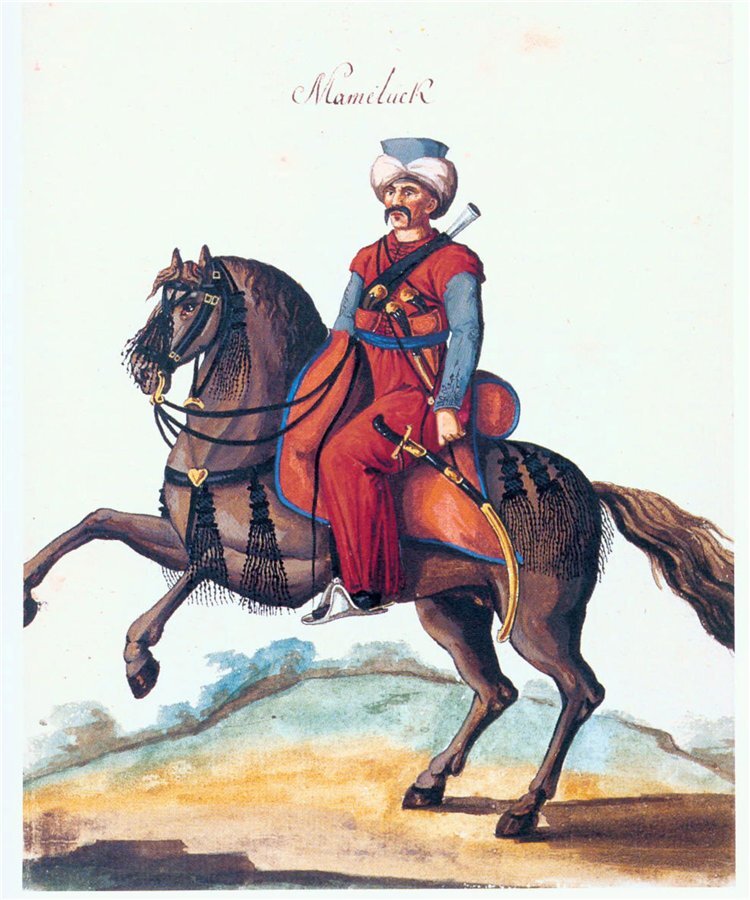At the end of August 1514, the Ottoman Sultan Selim the Grim defeated the Iranian Shah Ismail Safavi in the grand Battle of Chaldiran. The more modern and organized Ottoman army relied on the interaction of different branches of the military and had experienced archers and artillery. The Iranian Turks were completely unfamiliar with firepower, their army was organized according to feudal principles, and their military campaign resembled a grand migration. Selim then captured the enemy capital, but was forced to retreat due to a mutiny by the Janissaries, who did not want to spend the winter in a foreign country.

During Sultan Suleiman’s Persian campaigns, Shah Tahmasp understood his weakness and relied on scorched earth tactics and surprise attacks. He managed to preserve the core of his empire, but lost its outskirts. The question of rearming the Iranian army had to be resolved by his successors.
After Tahmasp’s death, the country was ruled by Turkic tribal leaders who regarded the shahs as their puppets. This applied equally to the future Abbas the Great, who ascended the throne in 1588 at the age of sixteen. The princes sent his own mother to heaven and got rid of the grand vizier. At the same time, the Turks captured many provinces in the west, and the Uzbeks stormed Central Asia.
In order to solve external problems, it was first necessary to pacify the country. Therefore, Abbas was forced to enter into a humiliating peace treaty with the Turks, ceding Armenia, Georgia, and even Azerbaijan up to Tabriz, the old Iranian capital.
To curb the rebellious Turkic tribes, who had a monopoly on military power, he founded the Gulyams, an analogue of the Ottoman Janissary corps, from which he created artillery and musketeer infantry. These were mainly Circassians, Armenians, and Georgians, bought from slave traders or taken prisoner in war.

Like the Ottoman court guard, they received money from the government and were loyal only to the ruler of the state. In fact, Caucasians had appeared in the country much earlier, but only now were they organized into a unified military force. Weapons for them were purchased from Europeans, mainly the Portuguese via the Indian Ocean and the Venetians via the Black Sea.
In addition, the best people were selected from among the small nomadic tribes and clans that supported their sovereign to form the cavalry of the new army. The descendants of these chosen ones live in Iran to this day; they are considered a sub-ethnic group of Azerbaijanis and are called Shahsevan (“loyal to the Shah”) — a nickname given to them by Abbas himself.
With the support of the new army, the Shah managed to subdue the Uzbeks and regain Afghanistan, which they had captured. However, he still did not dare to engage in battle with his main enemy, the Ottoman Empire. Nevertheless, in 1603, after some particularly insolent political demands, he ordered the Turkish ambassador to shave his beard and expel him from the country, which marked the beginning of a new conflict.

At first, the Turks and Iranians exchanged mutual raids—Abbas did not want to take any risks and waged war in the old fashioned way, as cautiously as his ancestor Tahmasp. But in 1605, a grand battle took place at Sufian, when the shah took advantage of the enemy’s ill-advised attack and defeated 100,000 Turks with 60,000 soldiers. This event is considered the most shameful defeat of the Ottoman Empire, as a result of which Safavid Persia regained Azerbaijan, Kurdistan, and the entire South Caucasus up to Georgia.
For several years, the sides gathered their forces, with the Turks frantically assembling new armies of Janissary orcs. But the shah again used the scorched earth tactic, following the example of his ancestors, and resettled hundreds of thousands of Georgians and Armenians in the heart of Iran. From then on, invading armies could not provide themselves with food, and it became difficult to resist Abbas. As a result, he went on the offensive and even took Baghdad, which the Turks had captured a century earlier.
Thus, a modern army was created in Iran, which was in no way inferior to the Ottoman army. Receiving Spanish sailors in his capital, the shah mocked them, saying that a united Europe was incapable of resisting the Ottoman Empire, while he himself was fighting it and winning.

After a few military campaigns, a border was set up that lasted for a few hundred years. And for the first time ever, the Turks had to take the Iranians seriously after Abbas’s victories.
